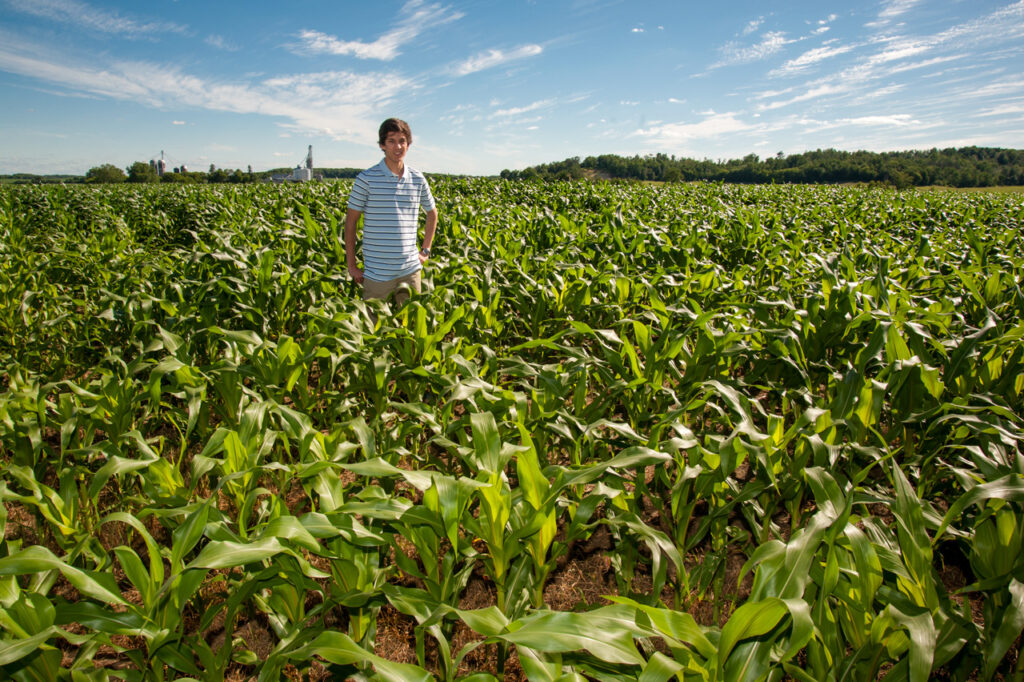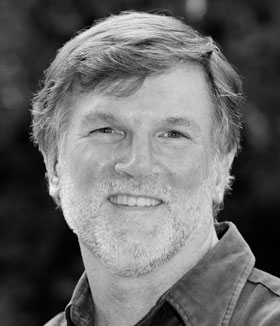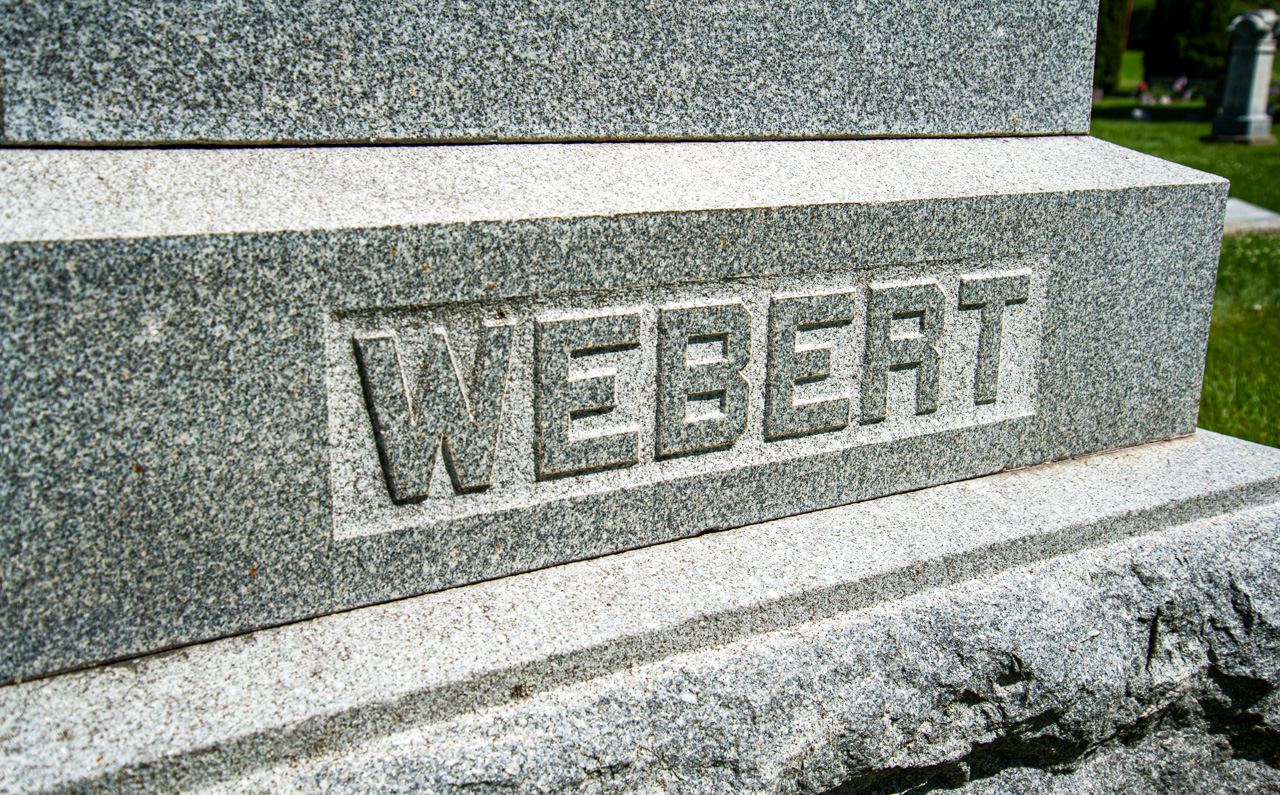I was born in Southern California and didn’t move to Wisconsin until I was 10 years old. As a result I always felt like a bit of a foreigner here and that probably explains why I left Wisconsin after finishing university and spent most of my adult life living overseas.
What I didn’t know at the time though is that my ancestral roots are very deeply embedded in Wisconsin and my ancestors were some of northern Wisconsin’s original homesteaders.
I was keen to get in touch with my Wisconsin roots so I contacted some of my distant cousins (who I have only met recently via my genealogical research) and suggested we do a roadtrip and visit the stomping grounds of our ancestors.
The focal point of the trip was Evergreen Cemetery in Elk Mound where many of my long departed grandparents are buried. My cousins and I all gathered around the tombstone of our common ancestors Heinrich John Ausman and Anna Martha Weigund.
My great great great grandparents Henry and Anna immigrated to the United States from Röhrda, Germany in 1848 and initially settled in Pennsylvania and by 1860 were farming in Dunn County, Wisconsin. Henry and Anna had seven children, who in turn also had huge families and as a result there are countless descendants of Henry and Anna with surnames like Ausman, Webert, Goetz, Bushendorf, Sipple, Laustad, Link, Sheibe who all intermarried in the close knit German community of Elk Mound.
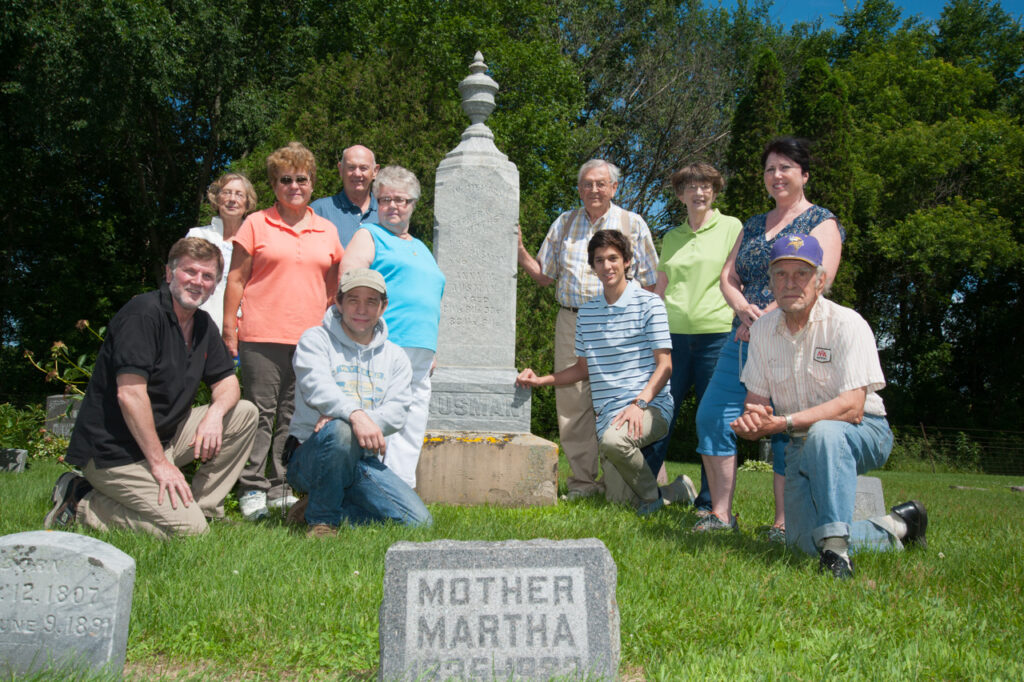
Joseph’s great great grandfather, Henry Webert, tilled this very soil near the tiny railway hamlet of Rusk more than 100 years ago. I found an old land ownership map from 1815 and was able to locate the current location of Henry’s farm.
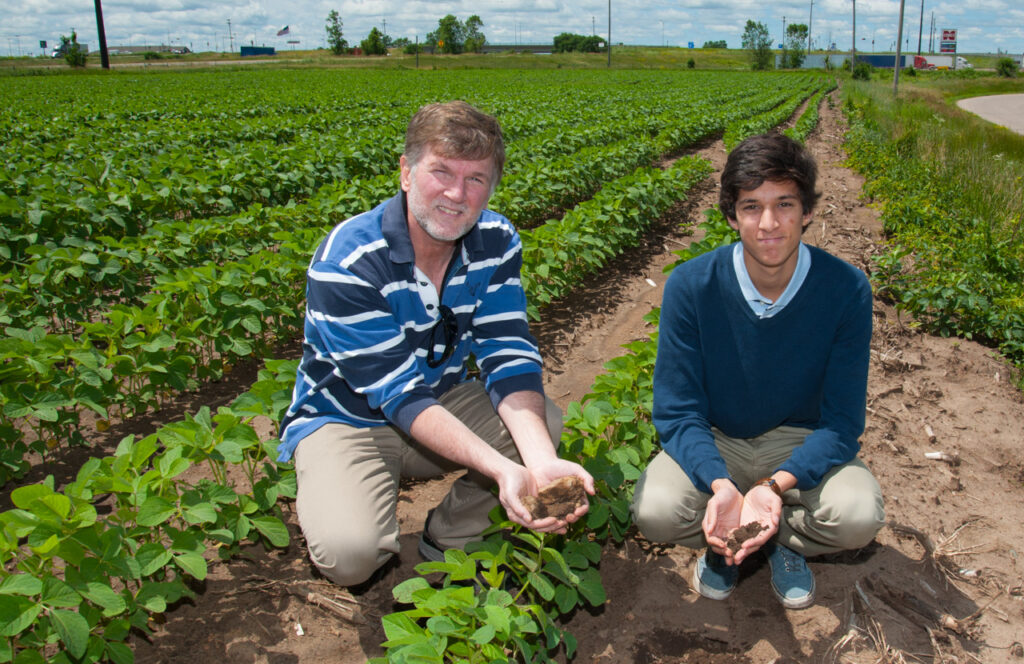
‘This land is your land, this land is my land’… Joseph checking out the farm of great great grandfather, Henry Webert, one mile west of the Rusk general store. His three younger brothers, Arthur, William and George, ran the store while Henry farmed. Henry grew wheat and oats here. The present owner grows soybeans.

My great grandfather, Henry Webert, and three of his sons (one is probably my grandfather, Raymond Webert) harvesting oats on the Rusk farm one hundred years ago, about 1915.
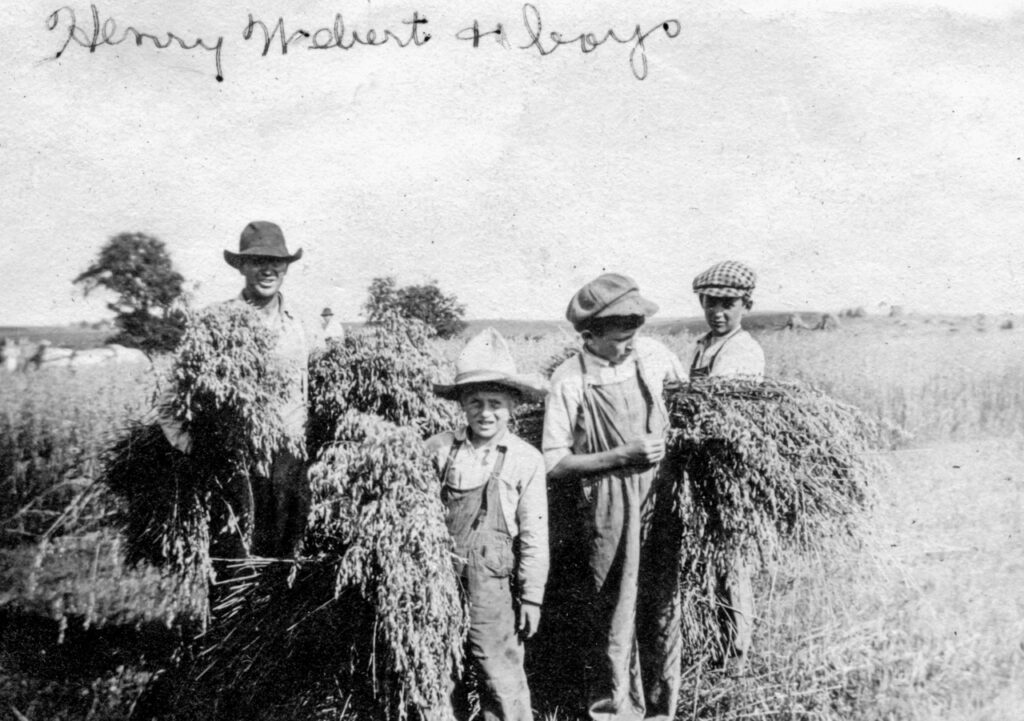
In the early 1900s, Rusk was a fairly busy hamlet on the main railway line. My great grand uncle, Arthur Webert, purchased the general store in Rusk and ran it for many years with his two brothers, William and George Webert.
Now, Rusk is lonely forgotten town except for a big feed operation. Prior to our visit I contacted the owner of the feed company, Bob, and asked him if he could look out his window and take a picture and send it to me in Australia. He obliged and I could tell the old Webert store still stood. So we went there and Bob said the place was home to an extended Hmong family up until a few years ago. And somewhat sadly he said that after standing for more than 100 years the old Rusk General Store was scheduled for demolition and a parking lot would be in its place.
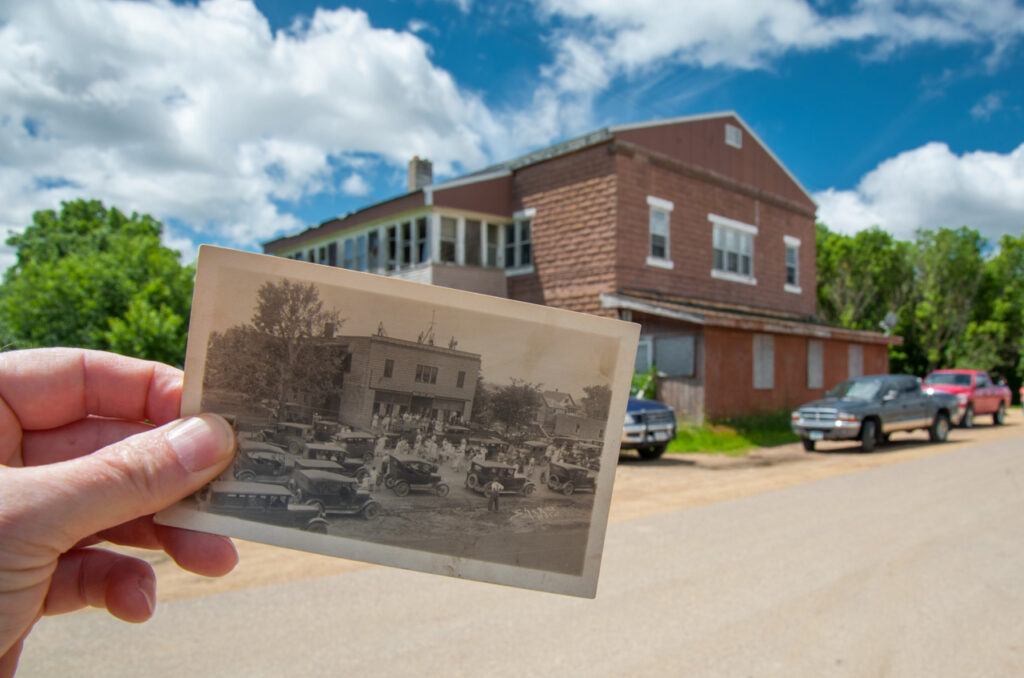
Maury and Sally Webert. Their grandfather, William Webert, help run the Rusk General Store in the early 1900s.
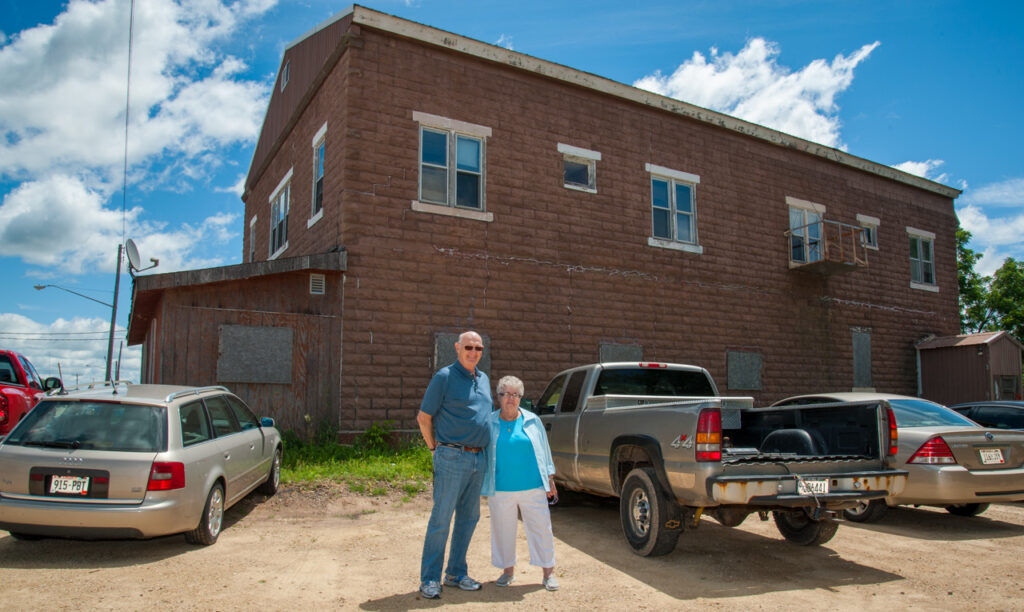
The Rusk General Store, known to the locals as the Webert Store, around 1915. Three of my great grand uncles, Arthur, William and George ran the store and I suspect one of their best customers was my great grandfather Henry Webert who farmed just west of the store.
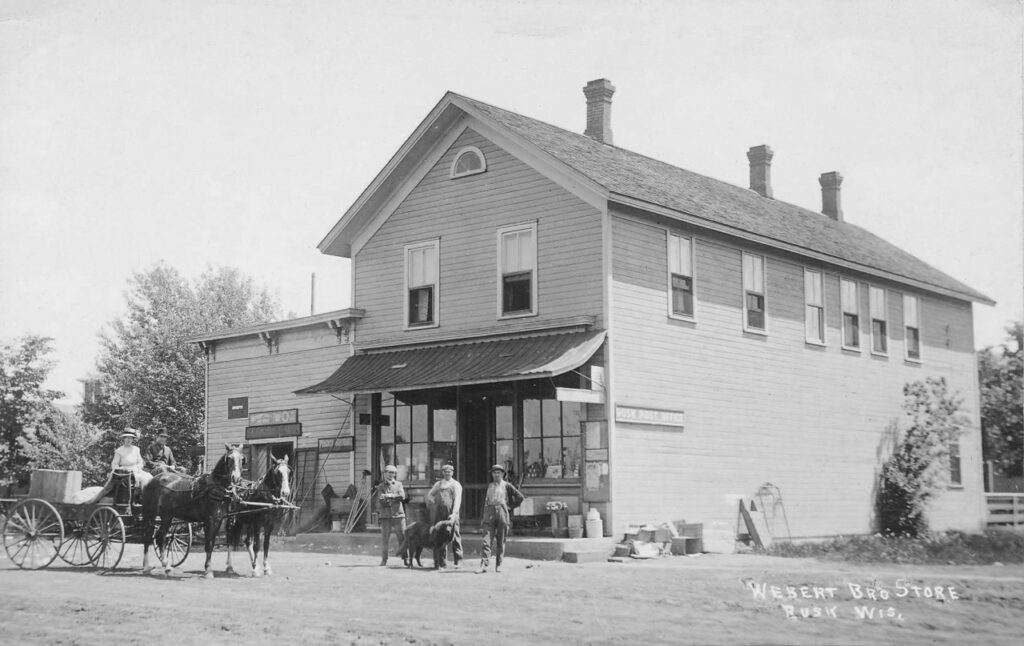
We found the tombstone of my great great great grandmother Giese, of Mutter as her marker says. Grandma Giese was a widow when she sailed from Germany with her fours sons in 1867. She died in 1902.
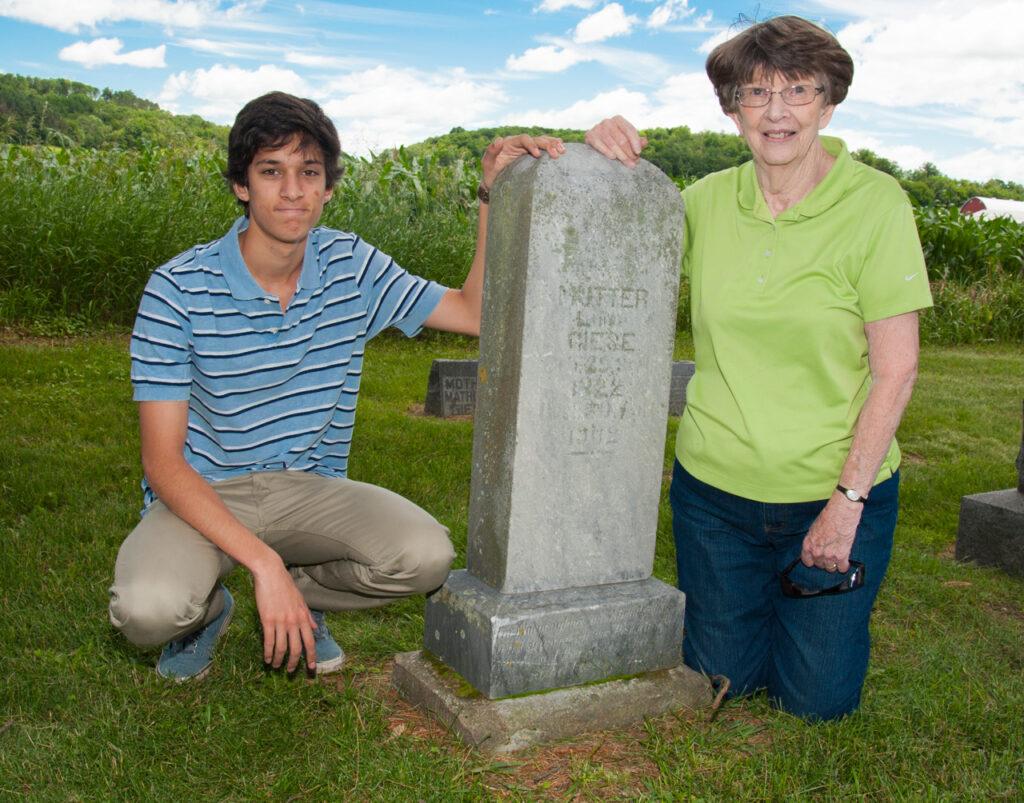
We were very fortunate that our cousin, LaVerne Ausman, joined us on the day. La Verne has farmed in the Elk Mound area his whole life and showed his the old Ausman homesteads. LaVerne has had an active political life and represented Dunn County in the Wisconsin State Assembly for many years and server as the Wisconsin’s Secretary of Agriculture in the 1980s. He’s retired now and lives in Menomonie.
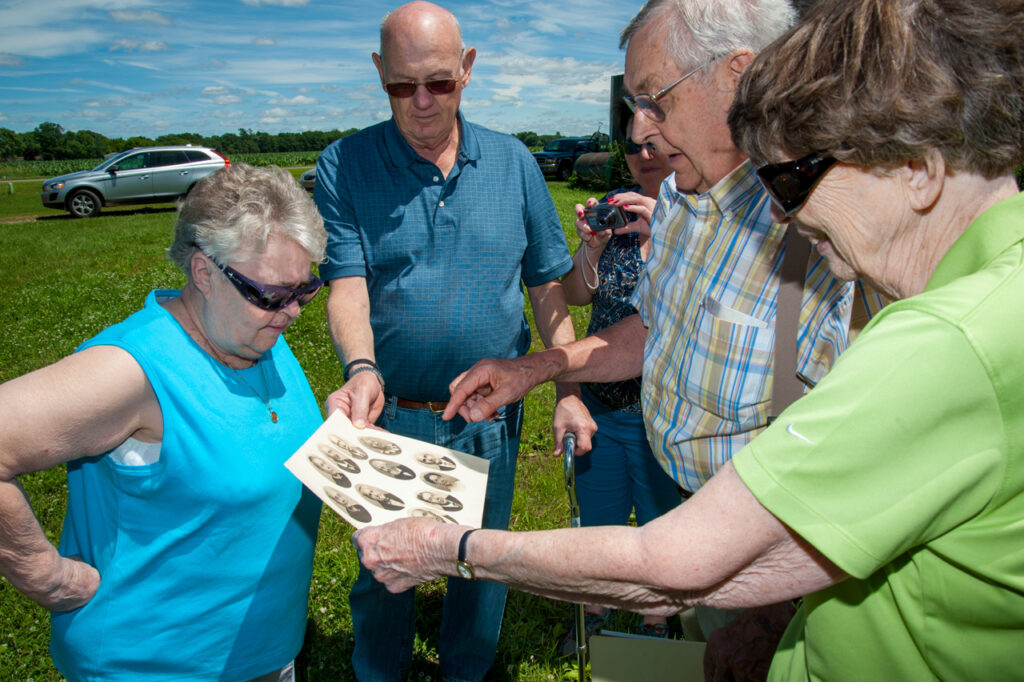
My cousin, Danny Goetz, has been helping me sort out my mom’s Webert ancestry for more than 10 years but today was the first day I finally got to meet him. Our common ancestor is George Webert who married Anna Catherine Goetz. George was the first Webert in Wisconsin and arrived just after the Civil War ended in 1865.
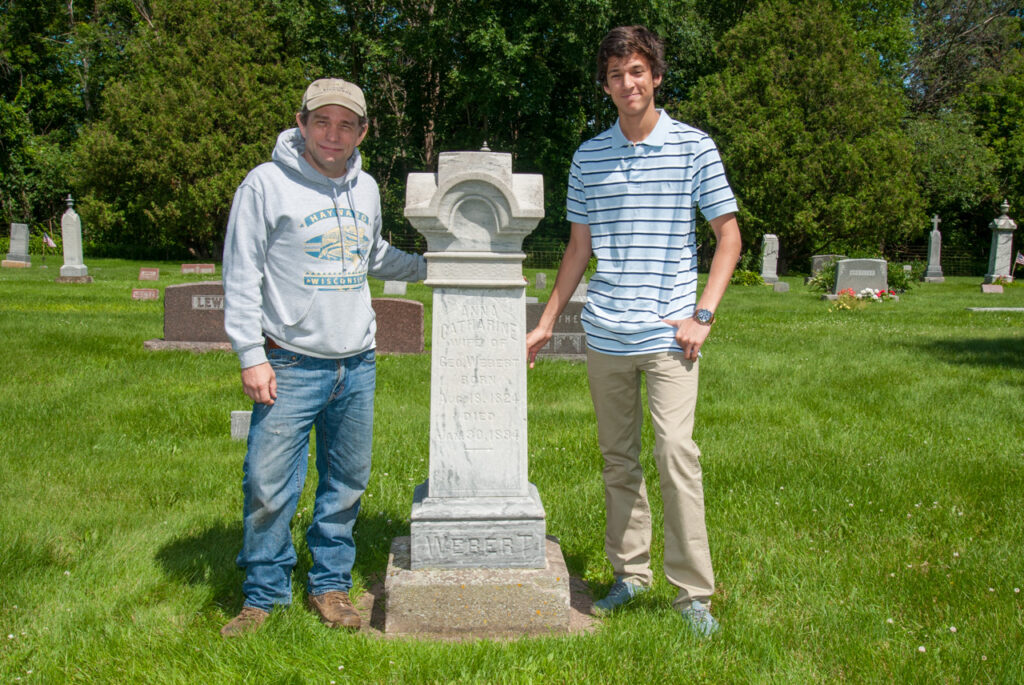
George and Anna (Goetz) Webert ca 1890 in Elk Mound
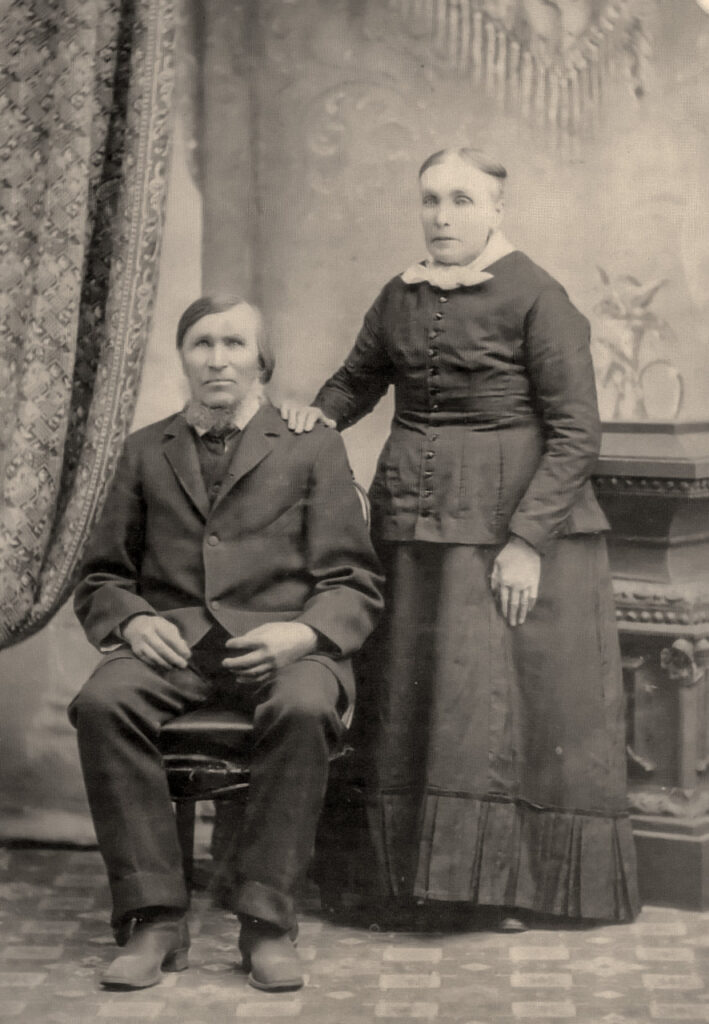
We saw Wisconsin at its finest on the day we toured. I couldn’t imagine a more beautiful day and amidst such a beautiful setting.
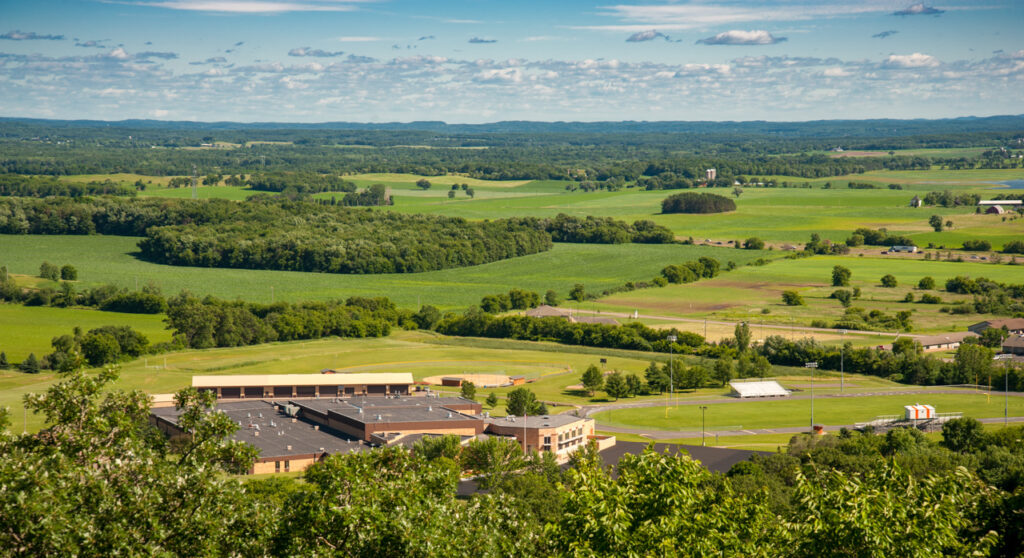
Agricultural landscape from the lookout on Elk Mound hill.

Donald Goetz has lived in the area for all of his 85 years and shared with us stories of growing up in Elk Mound in the 30s and 40s.
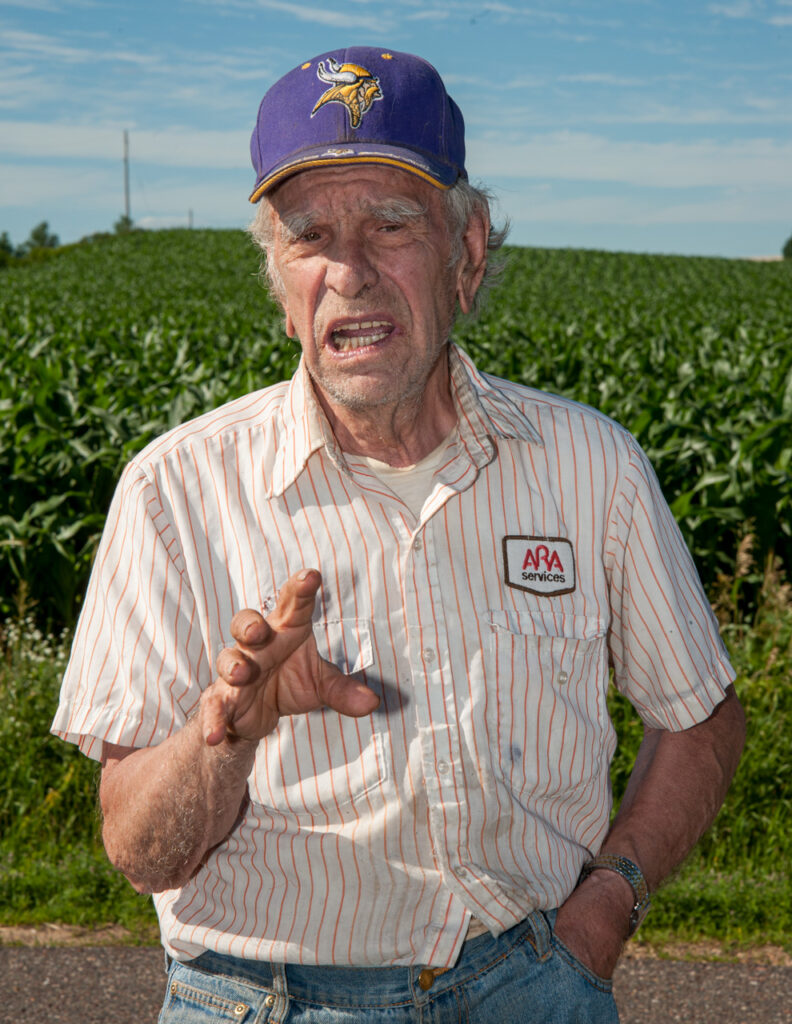
As we drove past endless cornfields, Joseph said he had never stood in a cornfield. So it was only fitting that his first time would be in the fields which were originally homesteaded by his great great great grandfather, Michael Webert. In 1877, Michael got a land grant from the US government to homestead on this very piece of land just a couple of miles north of Elk Mound. He would have spent years clearing the oak, maple and pine trees from his 80 acres.
